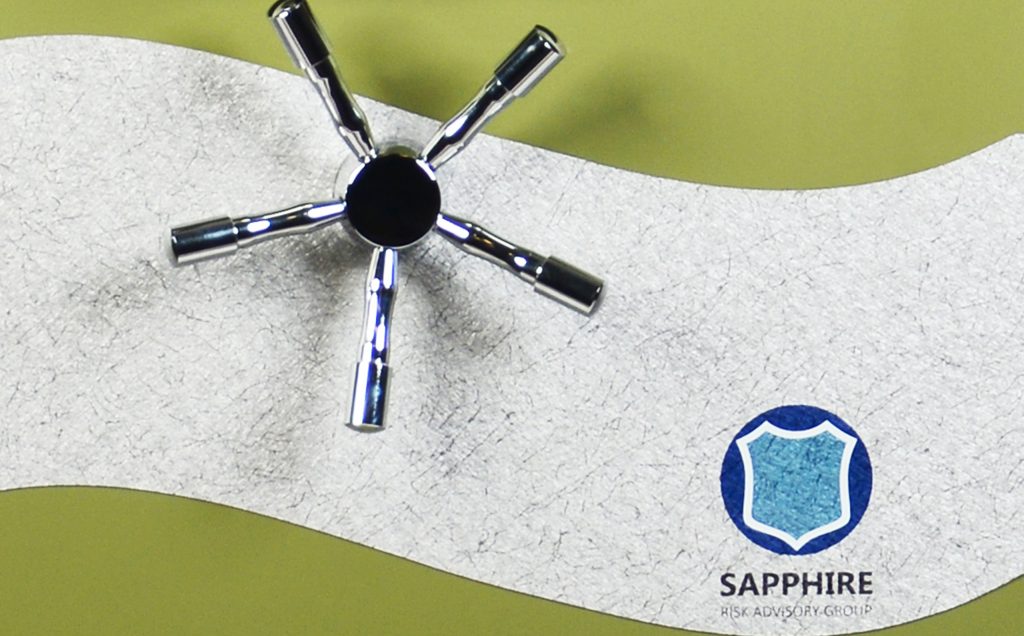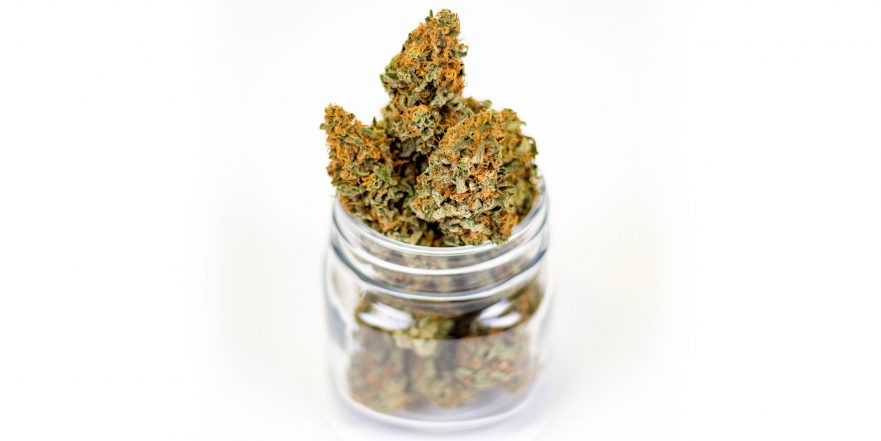Today we offer the expertise of Angela Blessed:
Though cannabis is a relatively new consumer commodity, there is no shortage of information to explore. This owes partially to an ‘underground’ culture that’s been amassing knowledge for decades, and partly to cannabis producers and retailers focusing their marketing efforts on educating potential customers.
Cannabis companies have emphasized education to help chip away at the stigma of cannabis use in order to increase their potential pool of customers. And while this initiative may be self-serving, it is legitimately helpful to inexperienced cannabis users.
For example, if you’re entirely new to cannabis, you may be baffled by terms like terpenes, or indica and sativa. You may have no clue what constitutes high THC content, or know the difference between smoking and vaping. But luckily, a simple Google search will put you in reach of scientific data and well-formed opinions from numerous enthusiasts, medical professionals and cannabis companies.
However, the majority of information out there relates to finding the right product and consuming it safely. While this certainly isn’t a bad thing, it has left gaps in the mainstream collection of cannabis knowledge, especially at the novice level. For example, uninitiated cannabis users are often ignorant about how to store cannabis products.
What does it mean to store cannabis?
When we talk about securing in the context of storing cannabis there are two things to consider. The first is to protect the cannabis itself. The second is keeping loved ones from the cannabis product. In this article, we’ll examine both halves of cannabis storage.
We’ve enlisted the expertise of Angelina Blessed, founder of Blessed edibles. As the founder of a cannabis company, Angelina possesses a wealth of knowledge on cannabis storage, both at the in-home and regulatory level.
How to preserve your cannabis

There are different forms of cannabis, and the form will dictate how you can store your product. For example, CBD oil requires different storage than cannabis cookies.
Cannabis oils and topicals are easiest to store. They come in a protective bottle, and may include (but don’t always include) an expiry date. In this case, it’s simply a matter of keeping the container lid closed, and keeping the bottle away from excessive moisture or heat.
But when we talk about the perishable forms of cannabis – i.e. dried flower and edibles – there is more you should be aware of.
“For the most part, the same rules apply to both edibles and dried flower,” explains Angelina of Blessed Edibles. These rules regard heat, light, time and humidity. “Keep it cool (under 25 C / 77 °F), keep it dry, and keep it away from direct sunlight.”
But while this general advice spans all perishable types of cannabis, the form of the product does matter.
How to preserve edibles
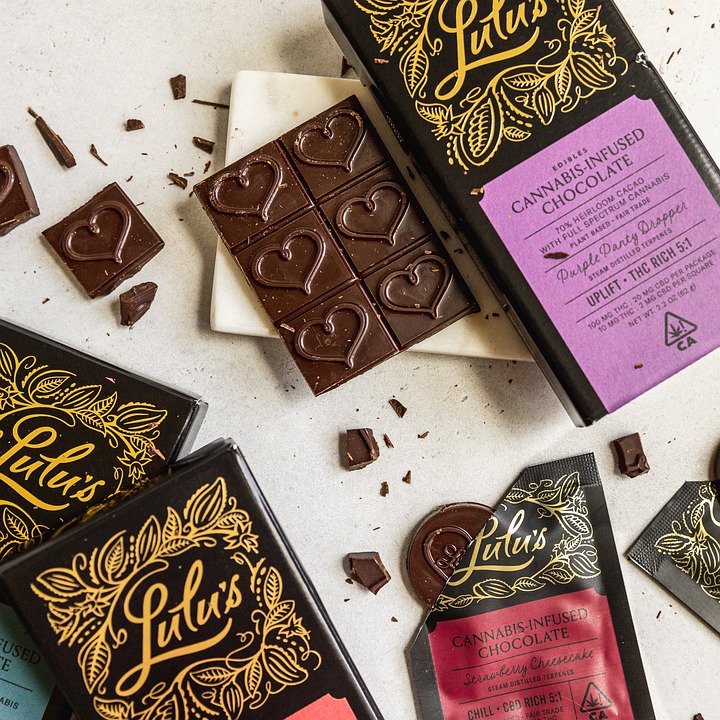
“Edibles are perishable, so check for an expiry date,” says Angelina. “Depending on the type of edible, if stored properly and unopened, edibles can last 4-12 months.”
In this sense, they should be treated as any other food item you might buy at the grocery store. A box of chocolate chip cookies will have an expiration date just as a box cannabis cookies will. The same is true for chocolate, which should be kept in the fridge if cupboard storage is too warm.
How to store dried cannabis flower
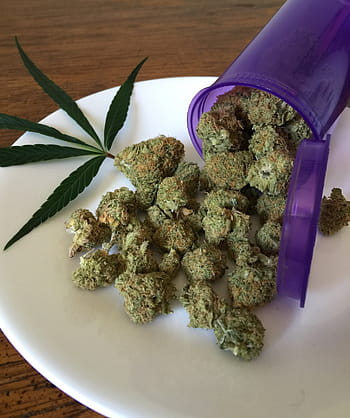
Dried flower is a little more complicated than edibles. Too much humidity can cause mould, and even proper storage can adversely affect the chemical makeup of the flower if it sits too long.
“Dried flower isn’t perishable per se, but it is more sensitive to humidity, as terpenes and cannabinoids can degrade over time and there is a risk of mould at higher humidity levels,” Angleina tells us. “When stored properly, in an airtight container, it may be safe to consume for up to two years, but some of the chemical compounds in flower slowly degrade over time. Flower is also more sensitive to light, so keep it away from UV light.”
How to keep cannabis away from pets and children

Though cannabis now garners a larger share of mainstream acceptance than ever before, lawmakers are cautious when it comes to keeping the substance away from children.
Age minimums for purchasing and consumption, and the prohibition of cannabis products within a certain distance of a school (both age and distance to a school vary by jurisdiction) are examples of laws implemented to protect children from cannabis.
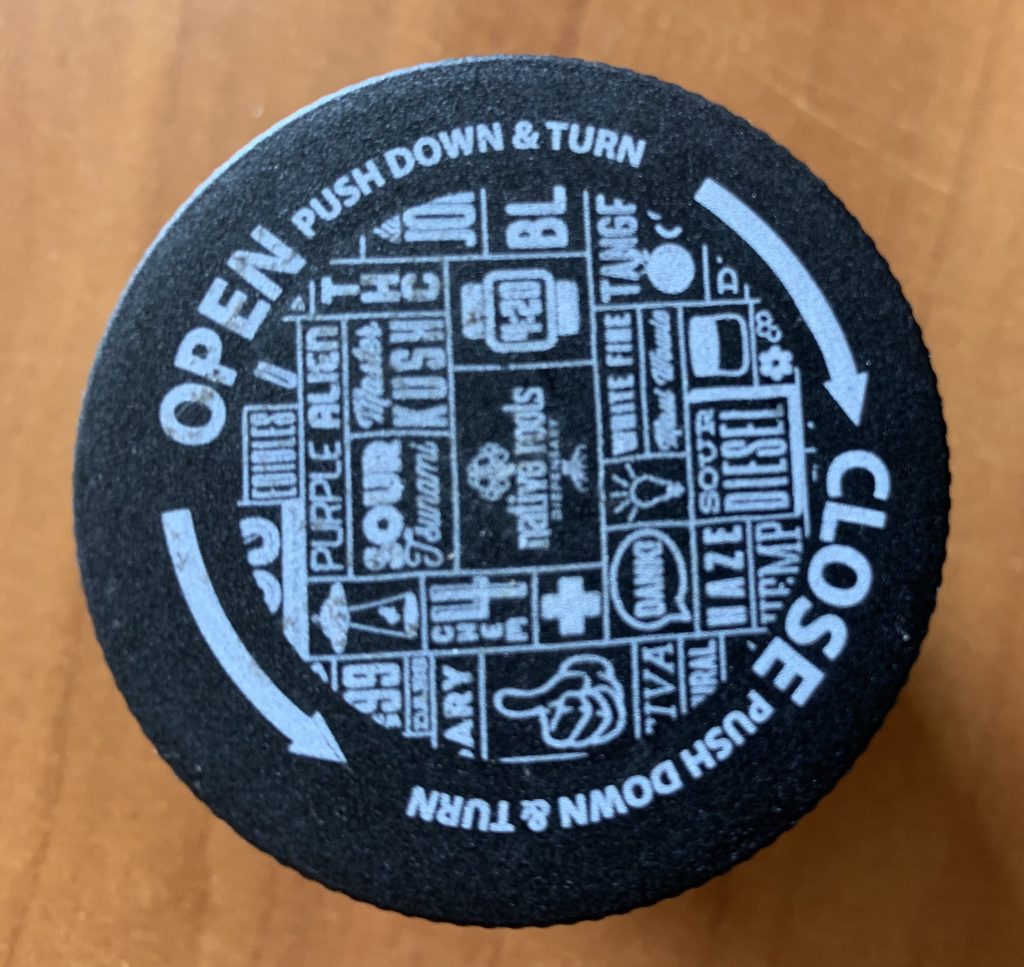
Another example is packaging. Again, different jurisdictions have different requirements when it comes to packaging, but most products come in child-proof containers.
Angelina explains, “All of our products are designed to meet Health Canada’s rigorous packaging standards. This means that it has been tested with groups of children to ensure that it can’t be opened by 80 percent of the test group.”
This means, by default, cannabis products are child-proof. However, once opened, the child safety precautions may be permanently bypassed, making it easy for children to reopen (if for example, you decide to cut a package open with scissors). In this scenario it is incumbent upon the consumer to repackage the product safely. This means locking your cannabis, and putting it somewhere out of reach.
“Keeping cannabis away from children and pets is a big part of storage,” Angleina notes. “Storing it in the original child resistant packaging on a high shelf, out of sight, is a simple way to keep fingers and paws away from cannabis products. If you have some open edibles or flower, a lockable, airtight storage container that is clearly labelled will meet your needs for safety and a longer shelf life.”
Final takeaways
To summarize: dry, temperate storage will help maximize the shelf-life of perishable products, while oils and topicals are typically fine so long as you keep the lid on.
To prevent cannabis from being reached by children, keep products in their child-proof packaging or in a locked container. The high shelf of the medicine cabinet is usually ok for most small children, but somewhere out of sight is ideal for those able to reach high places.
Ultimately, keeping your cannabis products stored, and away from children, isn’t an insurmountable challenge. It just requires a little knowledge and some common sense.

Meet the Author
In 2014, Angelina Blessed, a Muaythai practitioner, began smoking cannabis to help her body recover from the rigors of training. By 2017, she’d won second place in the LIFT Best Edible contest. Now, Angelina is the founder of Blessed Edibles, a line of cannabis products created to help athletes energize and recover.
How can Sapphire Risk help?
Tony Gallo and the team at Sapphire Risk Advisory Group has over 30 years of security experience and expertise. Take advantage of our cannabis security consulting services and subscribe to our newsletter to learn more. Follow us on Facebook or connect with us on LinkedIn to receive further security updates.
Check out some other relevant articles for more industry news:
Cannabis Storage: Could Your Safe be Ruining Your Product?
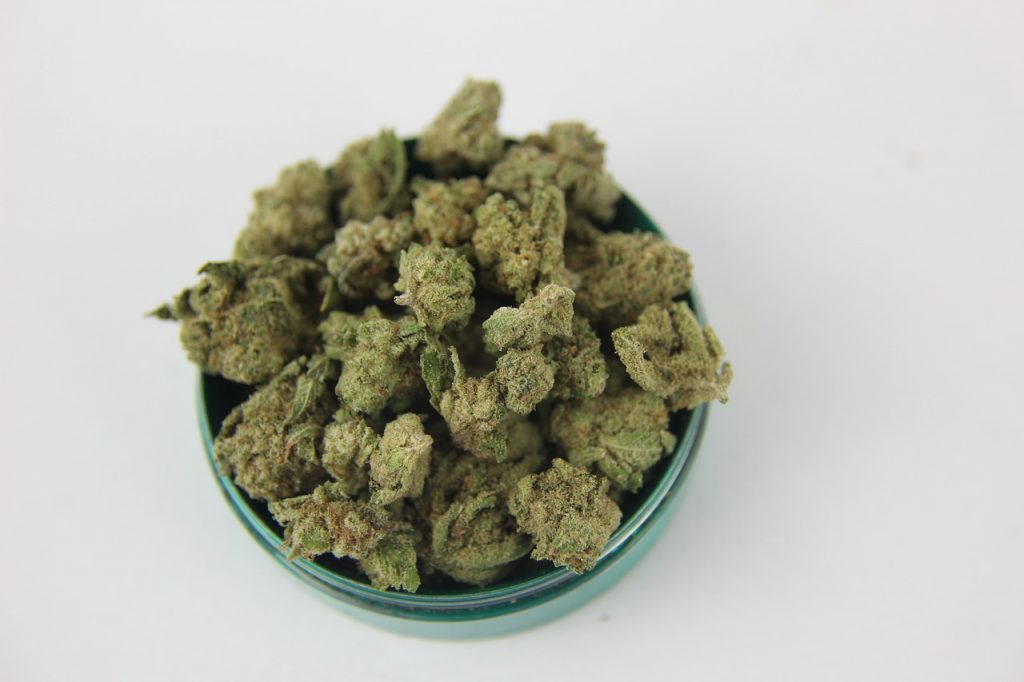
How Does a Business Protect its Valuables With a TL-30 Safe?
